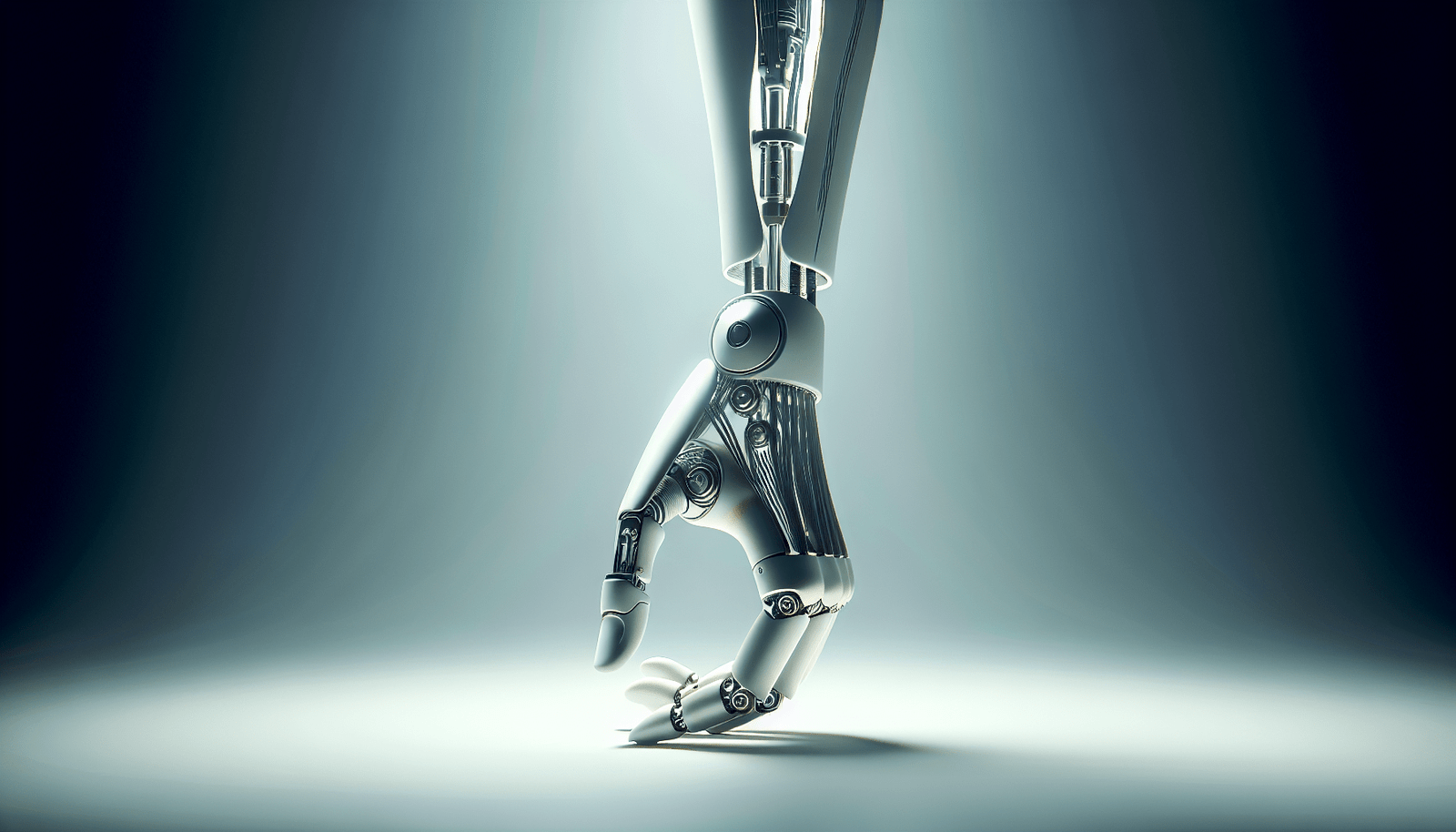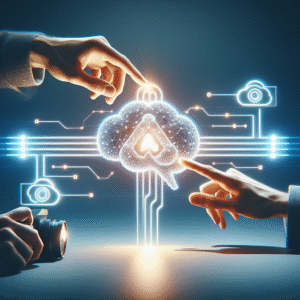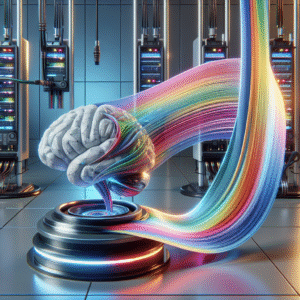Have you ever wondered how advancements in technology could change our everyday lives, perhaps enhancing our abilities or even redefining what it means to be human? Human augmentation is making waves in various aspects of society, and I’m excited to share my thoughts on this intriguing topic with you.
Understanding Human Augmentation
Human augmentation refers to the use of technology to enhance the human body and mind. It can involve anything from physical enhancements, like prosthetics, to cognitive improvements, such as brain-computer interfaces. I find the potential for improvement in our lives both fascinating and a bit daunting.
Human augmentation is primarily divided into two categories: physical and cognitive. Each plays a unique role in how we perceive and interact with the world around us.
Physical Augmentation
When I think about physical augmentation, what comes to mind are technologies that can enhance human capabilities. This includes prosthetics that can mimic the function of lost limbs, exoskeletons that provide strength and mobility, and even wearables that can monitor health metrics in real-time.
Prosthetics and Biomechanics
Prosthetics have come a long way from the simple wooden legs of the past. Today’s advanced prosthetics use robotics and AI to provide users with better mobility and functionality. For instance, some prosthetic limbs can be controlled by the brain, allowing individuals to perform actions that are almost indistinguishable from natural movements.
| Feature | Traditional Prosthetics | Advanced Prosthetics |
|---|---|---|
| Control Mechanism | Cable-driven | Brain-computer interface |
| Mobility | Limited | Almost natural |
| Sensory Feedback | No | Yes |
| Customization | Basic | Highly individualized |
The advances in biomechanics also include exoskeletons, which allow people with mobility disabilities to stand and walk again. I often think about how this could change lives and increase independence for many who face physical challenges.
Wearable Technology
Wearable technology is another aspect that demonstrates the idea of physical augmentation. From smartwatches that track our heartbeats to advanced fitness trackers that monitor various health indicators, these devices help us become more aware of our health and fitness levels. I’ve even found that wearing such devices encourages me to live a healthier lifestyle!
Cognitive Augmentation
While physical enhancement is often what comes to mind first, cognitive augmentation has equal importance. This involves improving brain functions through various technologies, such as neurostimulation devices or brain-machine interfaces. The potential changes to how we think, learn, and interact are truly astonishing.
Brain-Computer Interfaces
Brain-computer interfaces (BCIs) allow users to control devices directly with their thoughts. I think it’s incredible to imagine a world where we can operate computers, prosthetic limbs, or even other machines by simply thinking about it. Some BCIs are being developed to assist individuals with severe disabilities, allowing them to communicate and interact with their environment in new ways.
| Application | Current Use | Future Potential |
|---|---|---|
| Communication | Typing via thoughts | Full conversational control |
| Mobility | Control prosthetics | Navigate environments autonomously |
| Gaming | Enhanced interactive experiences | Fully immersive environments |
Cognitive Enhancement Drugs
Cognitive enhancement isn’t limited to devices; various drugs and supplements are marketed as “smart drugs” that can improve focus, memory, or creativity. Whether I’m studying deeply or trying to tackle a challenging project, the thought of achieving heightened cognitive abilities is incredibly appealing. However, it’s also important to consider the ethical implications and potential side effects of these substances.
Societal Impact
So how does human augmentation influence society on a broader scale? The answer lies in examining various sectors, including healthcare, workforce dynamics, education, and ethics. Each area experiences significant shifts due to these advancements.
Healthcare Innovations
In healthcare, human augmentation technologies can lead to improved treatments and outcomes. With advanced prosthetics and wearable health monitors, patients can manage their conditions better and enjoy a higher quality of life. It makes me hopeful to think about how better technology can directly impact people’s well-being.
Telemedicine
Telemedicine has gained traction, especially following the shift towards remote healthcare services. Telemedicine integrates technology into patient care, allowing medical professionals to provide consultations and diagnostic services remotely. This change not only improves access to care but also transforms the patient experience into something more convenient and adaptable.
Workforce Transformation
Human augmentation is also changing the workforce landscape. As automation and AI become more common, the nature of work is evolving. I often think about how these technologies could replace some jobs while creating new opportunities, leading to a shift in the job market.
Job Skills and Training
As certain jobs evolve or disappear, the need for retraining workers increases. Automation may take over manual tasks, but new industries emerge that may require a different set of skills. This presents a chance for me and many others to learn new technologies and embrace lifelong learning.
| Job Sector | Impact of Augmentation | Opportunities |
|---|---|---|
| Manufacturing | Automation of repetitive tasks | Skilled labor for tech maintenance |
| Healthcare | Use of robotic systems for surgeries | Specialized roles in telehealth |
| Education | Tech-enhanced learning environments | Personalized learning experiences |
Education and Learning
Education could experience a remarkable transformation due to cognitive augmentation. Imagine classrooms where students use BCIs to improve their concentration or collaboration tools enhanced by augmented reality. The future of learning feels bright and promising to me, as new technologies could engage students in ways we’ve never imagined.
Personalized Learning Experiences
Adaptive learning platforms are already showing promise. They can adjust content based on each student’s learning pace, creating a more tailored educational experience. Going forward, I can see an increasing integration of human augmentation in education, leading to more personalized and effective learning strategies.
Ethical Considerations
As with any technological advancement, ethical dilemmas arise. Questions about access, equity, and consent come into play when discussing human augmentation. It’s crucial to consider who benefits from these technologies and the potential societal divides that could emerge.
Access to Technology
While I appreciate the potential of human augmentation, I can’t overlook the reality that not everyone might have equal access to these advancements. Discrepancies in who can afford enhancements or who has access to the latest technologies could exacerbate existing inequalities.
Regulation and Oversight
Regulation will play a significant role in the future of human augmentation. It’s essential to develop guidelines and frameworks that ensure these technologies are safely and ethically implemented. I often wonder how different countries will approach regulation and whether a global standard will emerge.
A Future with Human Augmentation
What’s most exciting to me is imagining a future where human augmentation is normalized and integrated seamlessly into our daily lives. Enhanced physical abilities could redefine our limits, while improved cognitive function might expand our capacities for creativity and problem-solving.
Social Relationships and Identity
As I think about the implications of human augmentation on social relationships, I see both opportunities and challenges. Enhanced communication via neurotechnology could lead to stronger connections and understanding among people. However, there’s also a concern about the impact on identity and how we perceive ourselves and each other.
Balancing Enhancement and Humanity
It’s essential to find a balance between enhancing our abilities and maintaining our humanity. With all these advancements, I feel it’s crucial that we do not lose sight of what makes us human. Compassion, empathy, and social connection are qualities that should never be overshadowed by technology.
Conclusion
As I reflect on the incredible possibilities that human augmentation holds for society, I’m filled with a sense of optimism. From healthcare to education, the potential for transformation is massive, but it’s accompanied by significant ethical considerations that we must navigate carefully.
I believe in our ability to shape a future where these enhancements empower individuals while fostering inclusivity and equality. The impact of human augmentation on society is just beginning, and I’m eager to witness the journey unfold.






